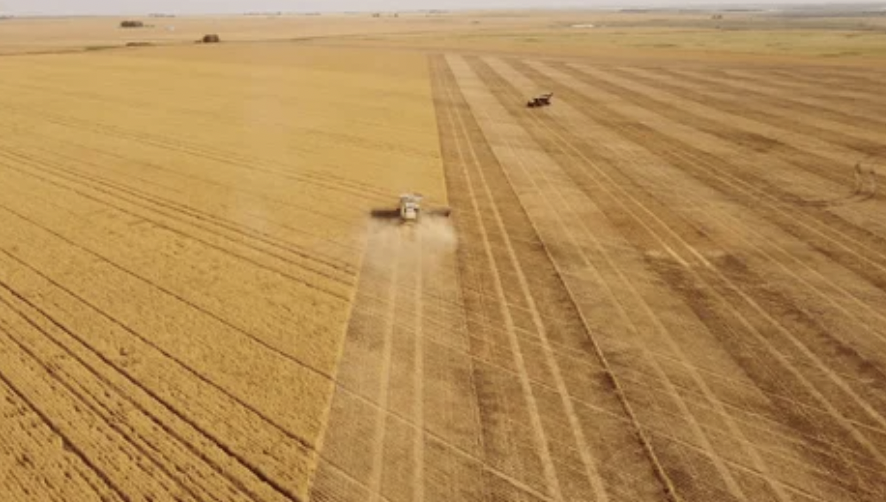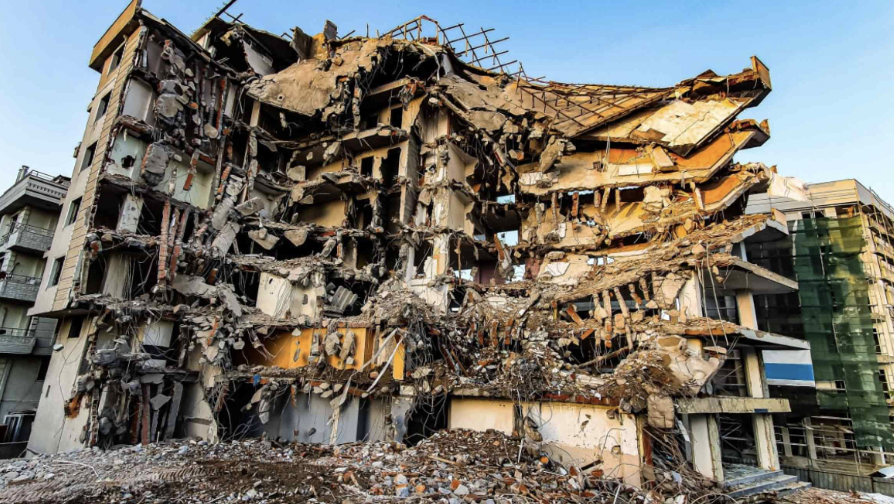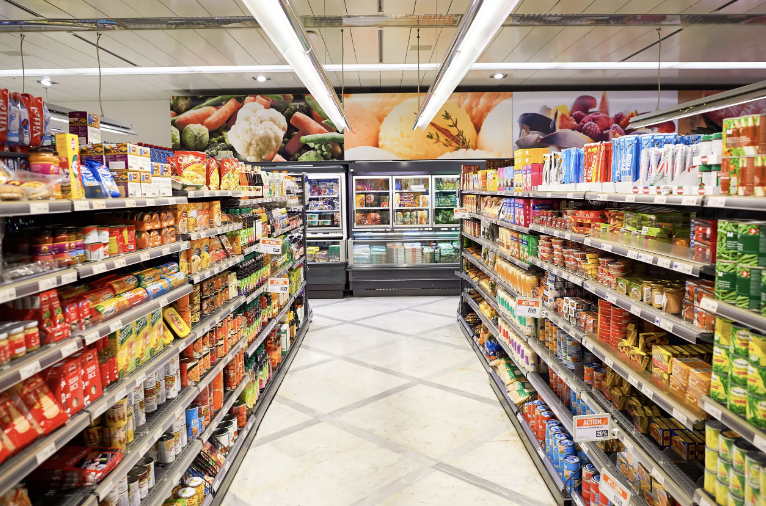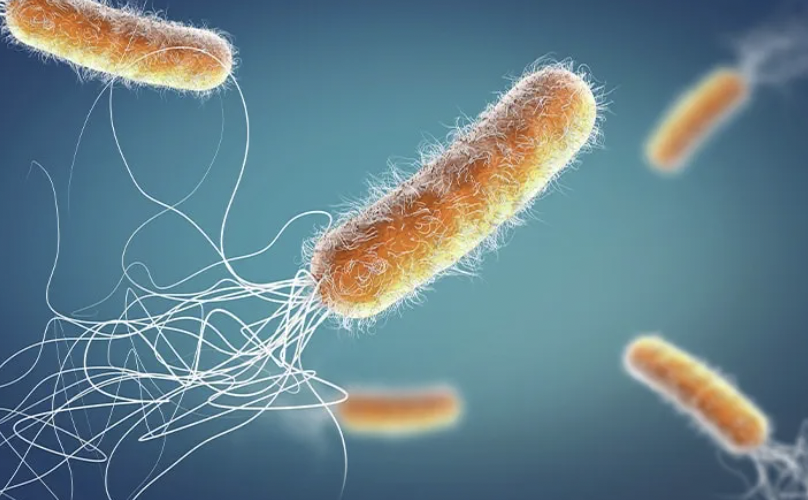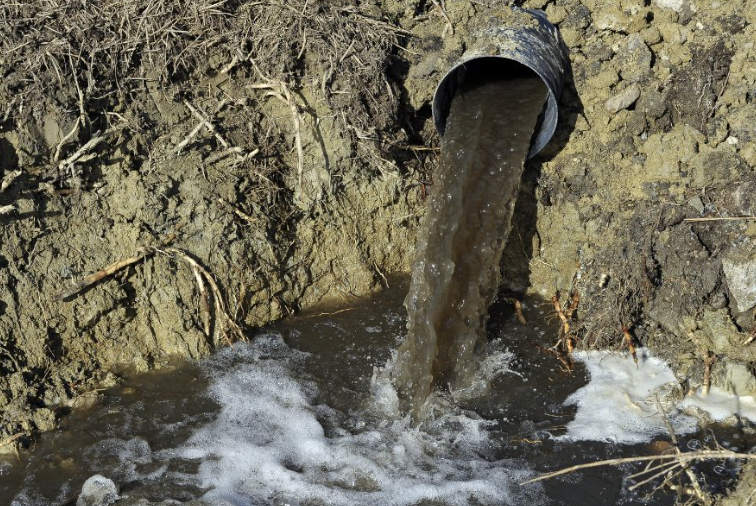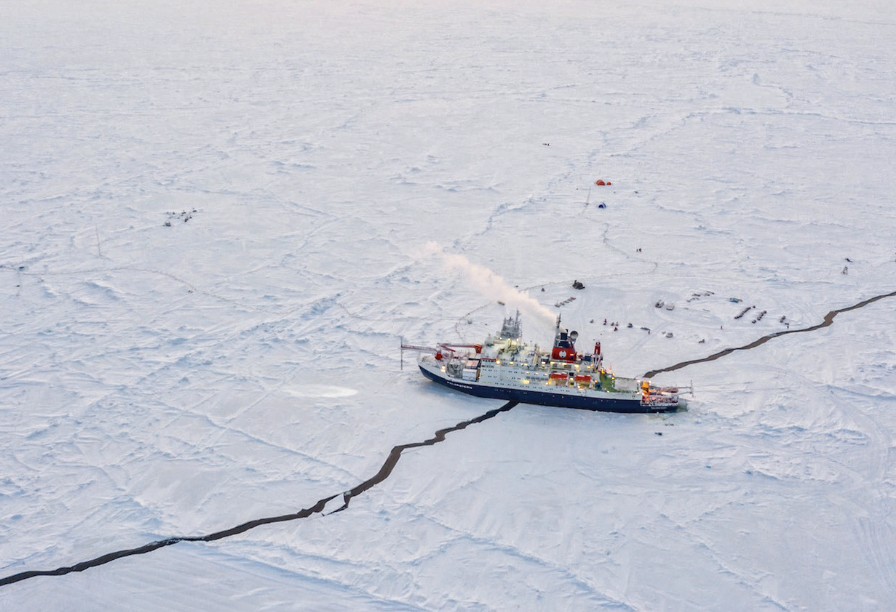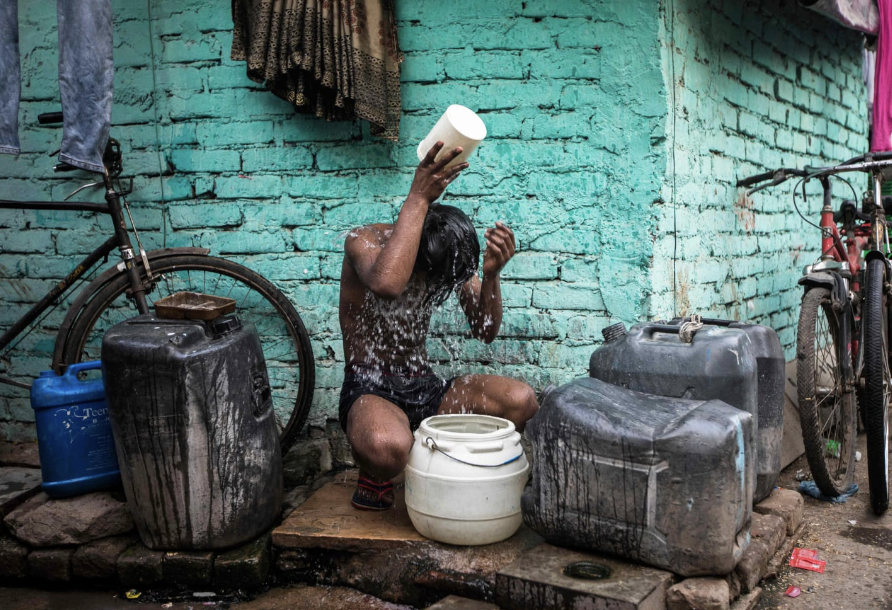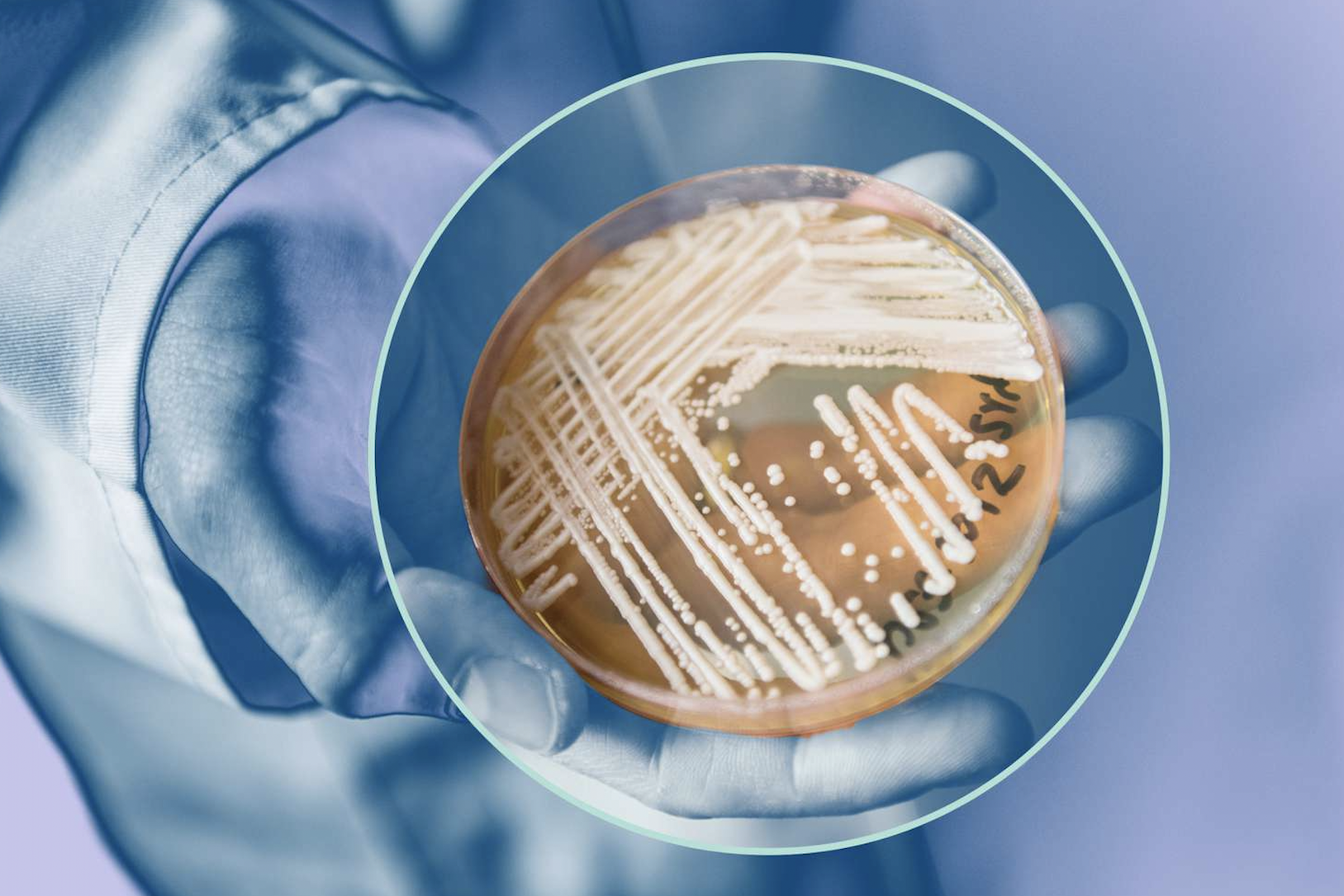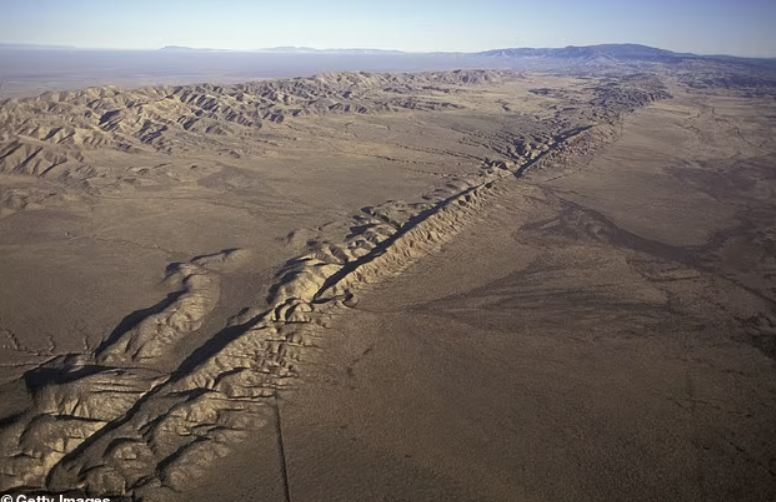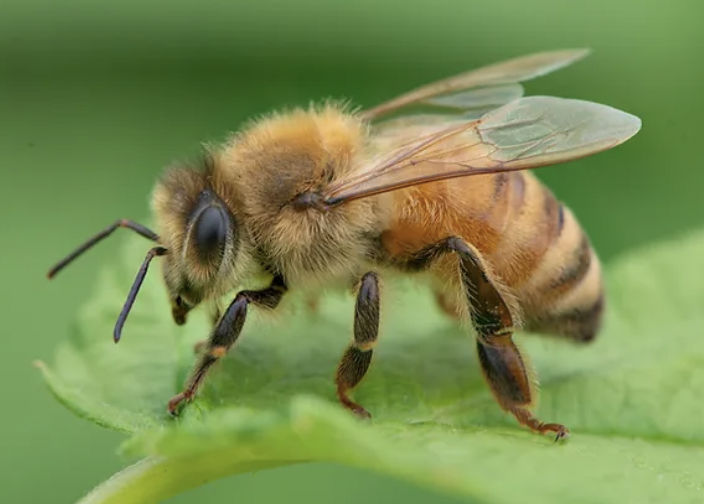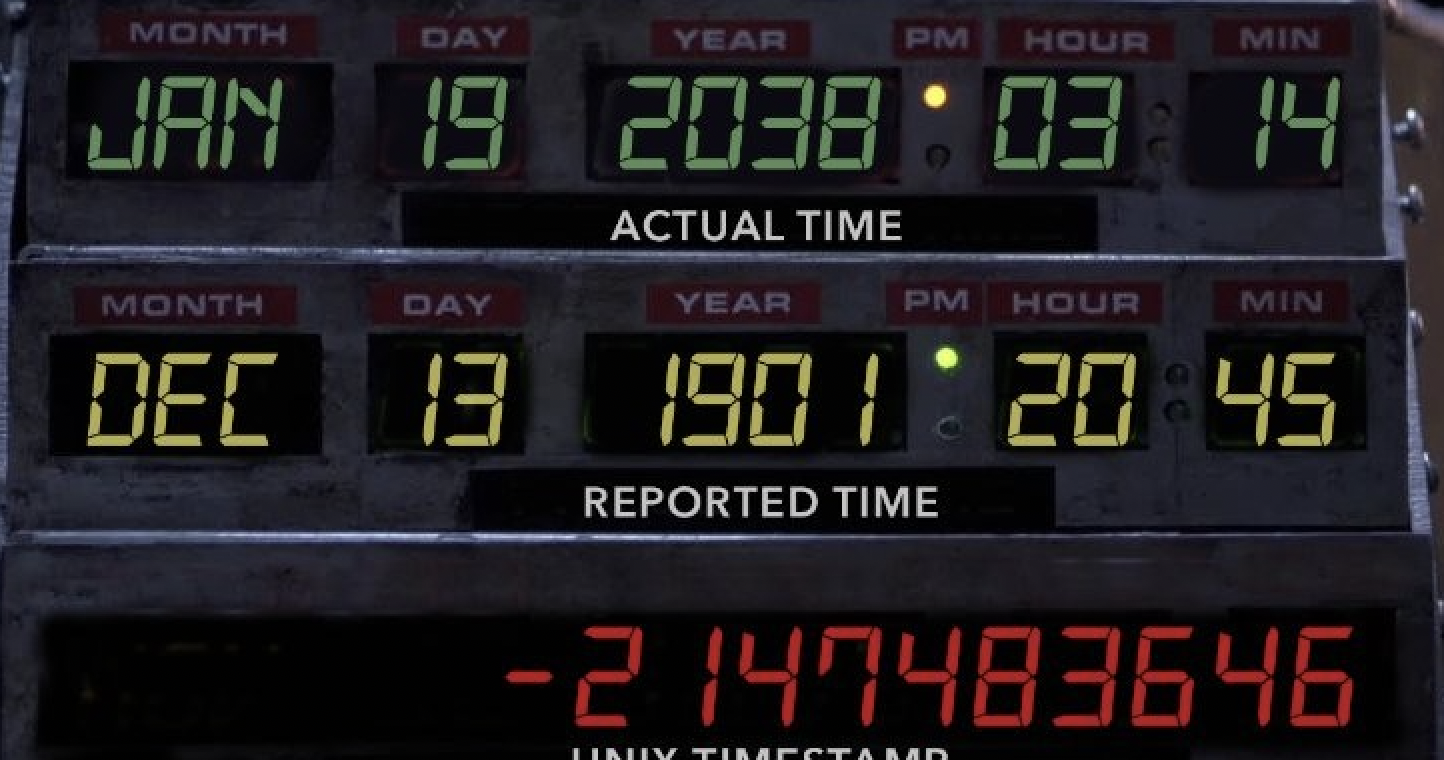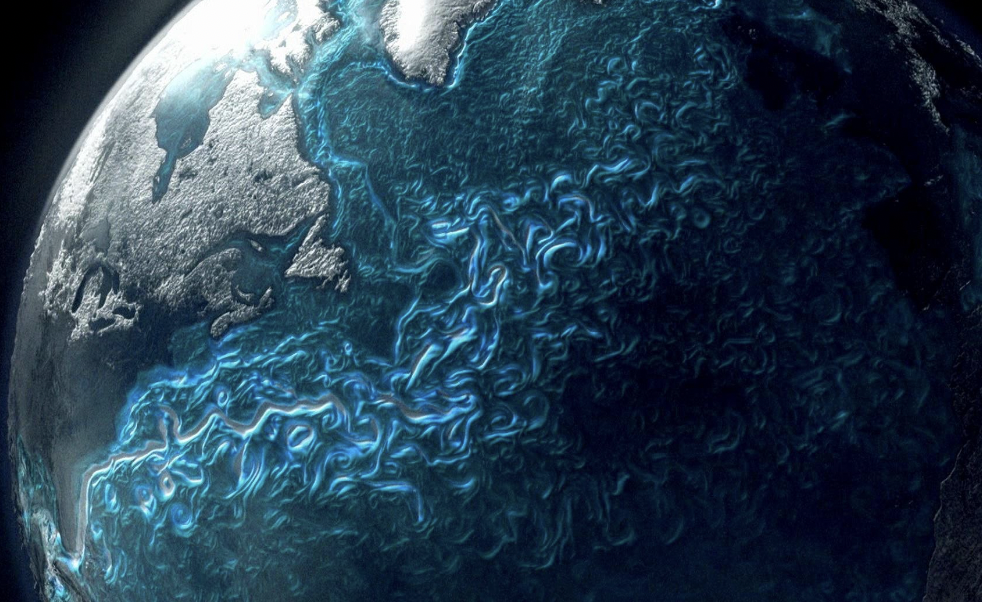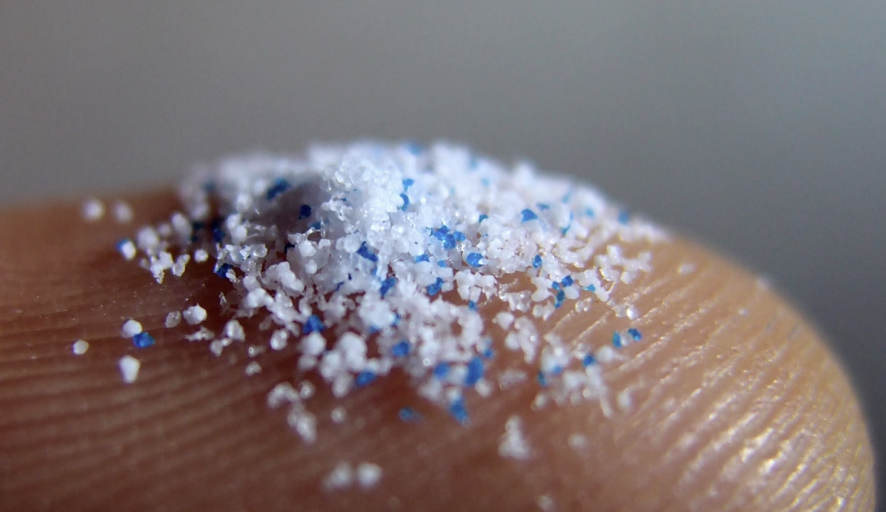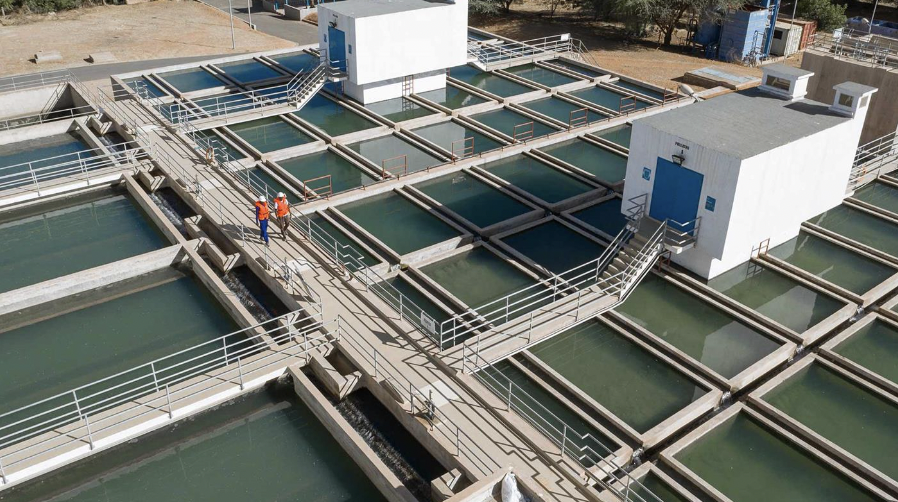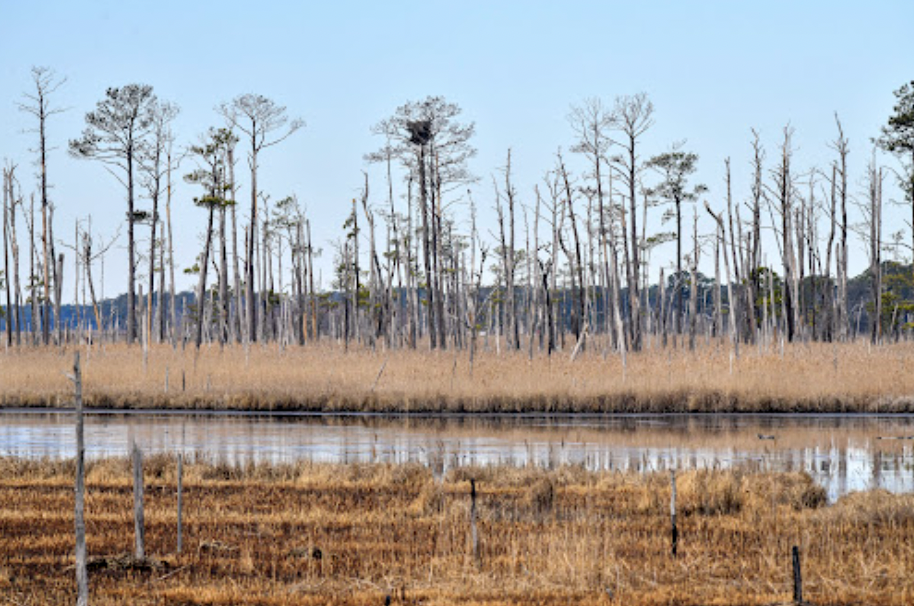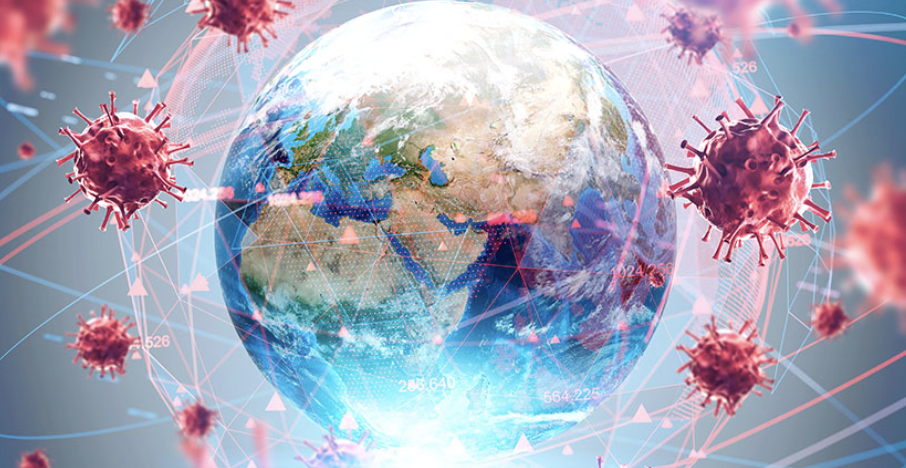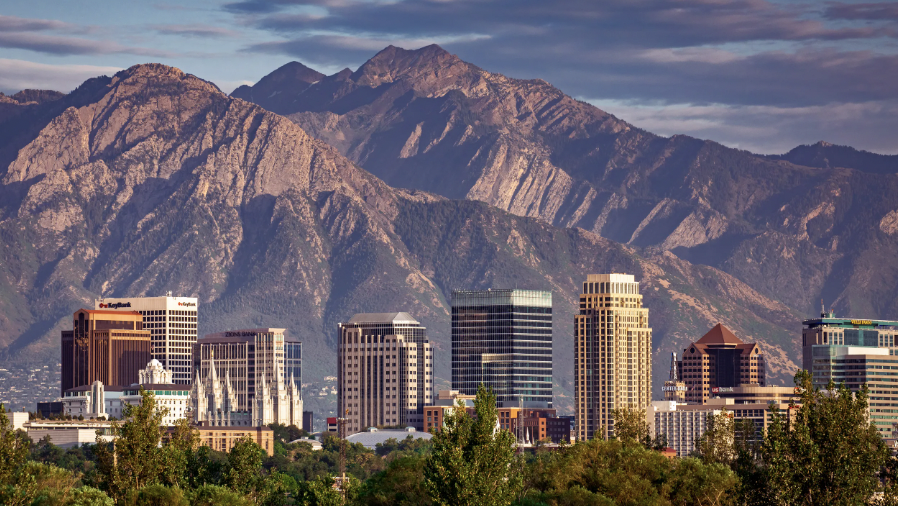Potential Disasters Humanity Isn't Totally Ready For
Maybe we shouldn't take so many things for granted.
Published 11 months ago in Wtf
The COVID-19 pandemic aside, the vast majority of us live life without worrying about the basic essentials of food, housing, and disease. But maybe we shouldn't take those things for granted.
Everyone is aware of climate change and its potentially devastating consequences, but what other imminent disasters could tear down the world as we know it? Unfortunately, quite a few.
Here are 22 imminent disasters that nobody is prepared for.
3
Most people don’t realize how fragile the US, and other nations’ food systems are. There are very few smaller family farms, everything is corporate owned. If anything disrupts the distribution channels, (a truckers strike, warehouse house strike), most super markets will be out of fresh food in 3-4 days. And when that starts the panic of buying canned food will clear the rest.
4
Antibiotic resistance and the emergence not only of superbugs, but pan drug resistant bacteria. Reports say that by 2050, deaths from infections caused by superbugs will be one of the leading causes of mortality. Regrettably, bacteria are evolving faster than we can develop new antibiotics, and the indiscriminate use of antibiotics in the dairy and poultry industries is only worsening the situation.
The real issue is the speed at which we are developing new antibiotics and the willingness to develop them. Other drugs are more profitable, (e.g. chemotherapy), let us hope that new development in phage therapies or new antibiotics will be available before it is too late.9
The Cascadia Subduction Zone off the coast of the Pacific Northwest will rip again. Depending on the specifics, it will be a really bad day, or an utterly catastrophic day, for the PNW. That will be from the earthquake itself and from the subsequent tsunami. It rips every several hundred years and the last one was in the year 1700.
10
An often overlooked disaster is the rapid decline of insects, especially pollinators such as bees. Although bee extinction is not immediate, it could have a significant impact on global food resources, ecosystems and biodiversity. Without these pollinators, many crops would fail, leading to food shortages and economic disruption. But this important issue has not received enough attention.
12
AMOC, (Atlantic Meridional Overturning Circulation), slowing/halting. Melting of northern latitude glaciers are effectively hosing the North Atlantic Ocean with cold fresh water, disrupting the global conveyor belt in the ocean which redistributes heat across the planet. If AMOC slows enough, (which we’re looking at happening within decades, not centuries), global weather patterns will shift entirely. Western Europe will freeze, the southern hemisphere will retain much more heat, sea level rise will increase significantly, the oceans will lose some of their capacity to sequester CO2 which in turn increases atmospheric warming, melting of glaciers, etc., generating a positive feedback loop. We really don’t want AMOC to stop.
15
I’ve worked with water for the majority of my professional career. If the average American had any idea how uneducated and stupid your average water operator is, they’d be shocked. The disaster is already happening. Water and wastewater districts all over the country are lying about what’s in the products coming out of their plants.
18
As far as global pandemics go, COVID was not nearly as devastating as it could have been. Keep all aspects of COVID the same, but increase its lethality. For context, the bubonic plague killed 80% of those who became infected. If something with the same transmissibility and lethality as the bubonic plague manifested today...especially now that we've seen how people respond to pandemic controls, we'd be finished.
19
Deep fakes. You may think you can tell the difference now, but as it gets more sophisticated you're not going to be any better at identifying it than your grandparents. What will the world be like when we can't trust anything we see or hear? What will happen when anyone can make a video of you saying anything they want?

